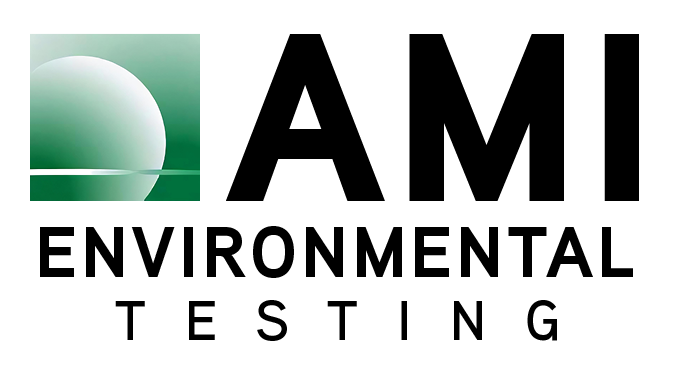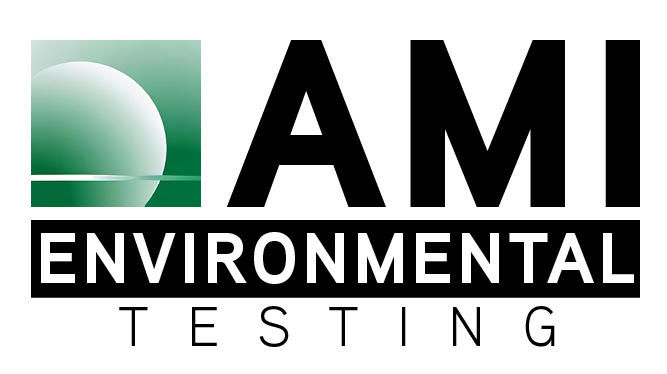Airborne metal monitoring is essential in construction, demolition, and renovation activities, especially when working with older buildings that may contain hazardous metals. Lead-based paint is one of the most significant concerns, as it was commonly used in homes and buildings built before 1978. When disturbed by sanding, scraping, or demolition, lead dust can become airborne and pose serious health risks. However, lead is not the only harmful metal that can be released during construction activities. Arsenic, cadmium, chromium, and mercury are other metals that may also be present in building materials, soil, or industrial byproducts and can contribute to harmful dust.
Exposure to lead-paint dust can cause severe neurological damage, particularly in children, leading to developmental delays and cognitive impairments. For adults, long-term exposure to lead can result in high blood pressure, kidney damage, and reproductive issues. Other airborne metals, like arsenic, can increase the risk of cancer, and cadmium can lead to kidney damage and respiratory problems.
To safeguard public health and comply with environmental regulations, airborne metal monitoring is critical during renovation or demolition projects. Air sampling methods, such as pumps and filters, capture airborne dust, which is then analyzed for the presence of toxic metals like lead, arsenic, and chromium.
Environmental consultants support contractors by providing expert monitoring, analyzing the data, and recommending protective measures. This ensures a safe working environment and helps prevent harmful exposure to lead-paint dust and other airborne metals. For more information, contact AMI Environmental Testing.



